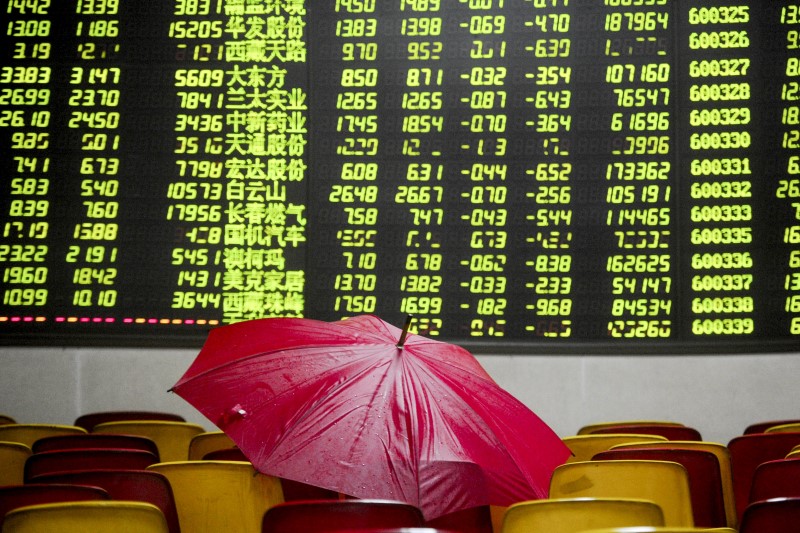Investing.com -- Last week’s surge in Chinese equities marked the strongest weekly performance since 2008 for the benchmark Shanghai Shenzhen CSI 300 index as the country’s central bank and regulators introduced a slew of stimulus measures.
The mix of monetary, fiscal, and direct market support nearly guarantees that Chinese equities will continue their upward trajectory, however, investors are now questioning the sustainability of the rally and how best to capitalize on it.
According to Gavekal Dragonomics, while initial market gains have been impressive, the extent of the rally will depend on whether policymakers can follow through on their recent promises of fiscal and monetary support.
Historically, China's stock markets have oscillated between feast and famine. Over the past 20 years, five major rallies have occurred, three of which were fueled by government stimulus.
“The stimulus-driven rallies had trough-to-peak gains of 50-100%, so if Chinese equities are now starting another such rally, then there should still be plenty of upside even after the recent jump,” Gavekal said in a Monday note.
However, this bullish scenario depends on rapid and decisive policy implementation. The note warns that China's economy faces major challenges, with weak labor markets, sluggish consumption, and declining export growth, all of which could hinder the rally if left unaddressed.
The scale of stimulus announced so far is relatively modest, with the People's Bank of China (PBOC) cutting policy rates by just 20 basis points last week. Still, expectations of a larger fiscal package, potentially RMB2 trillion in new debt, are raising hopes of more robust support.
Moreover, new mechanisms like a RMB500 billion swap facility for institutional investors and a RMB300 billion refinancing facility to support stock buybacks have been introduced. These moves could create a more aggressive and explicit version of the so-called "China put" on the market.
Gavekal argues that much of the rally is being driven by a shift in expectations, rather than actual stimulus measures, at least for now.
"The early days of this rally are driven more by expectations, as well as direct central-bank support for the market." The PBOC's buyback facility could quintuple the pace of corporate buybacks in China, which would significantly boost liquidity in the market.
In terms of investment strategy, Gavekal advises shifting focus to onshore stocks. In two out of three previous stimulus-driven rallies, onshore stocks outperformed offshore counterparts by 20-40%.
“Over the past week, onshore and offshore stocks have responded largely identically, but as the rally progresses, onshore probably has the edge, particularly as the PBOC funding for supporting markets directly targets onshore stocks,” the note writes.
"Within the onshore universe, Shenzhen-listed stocks have outperformed Shanghai-listed ones by 5-20% in the last three stimulus rallies and will likely do so again," the report states.
Sector-wise, cyclical industries like industrials, materials, and consumer discretionary have historically outperformed by roughly 10% during previous rallies. Also, struggling real estate developers stand to gain the most from a potential shift in housing policy, provided that the government delivers on its recent promises.
